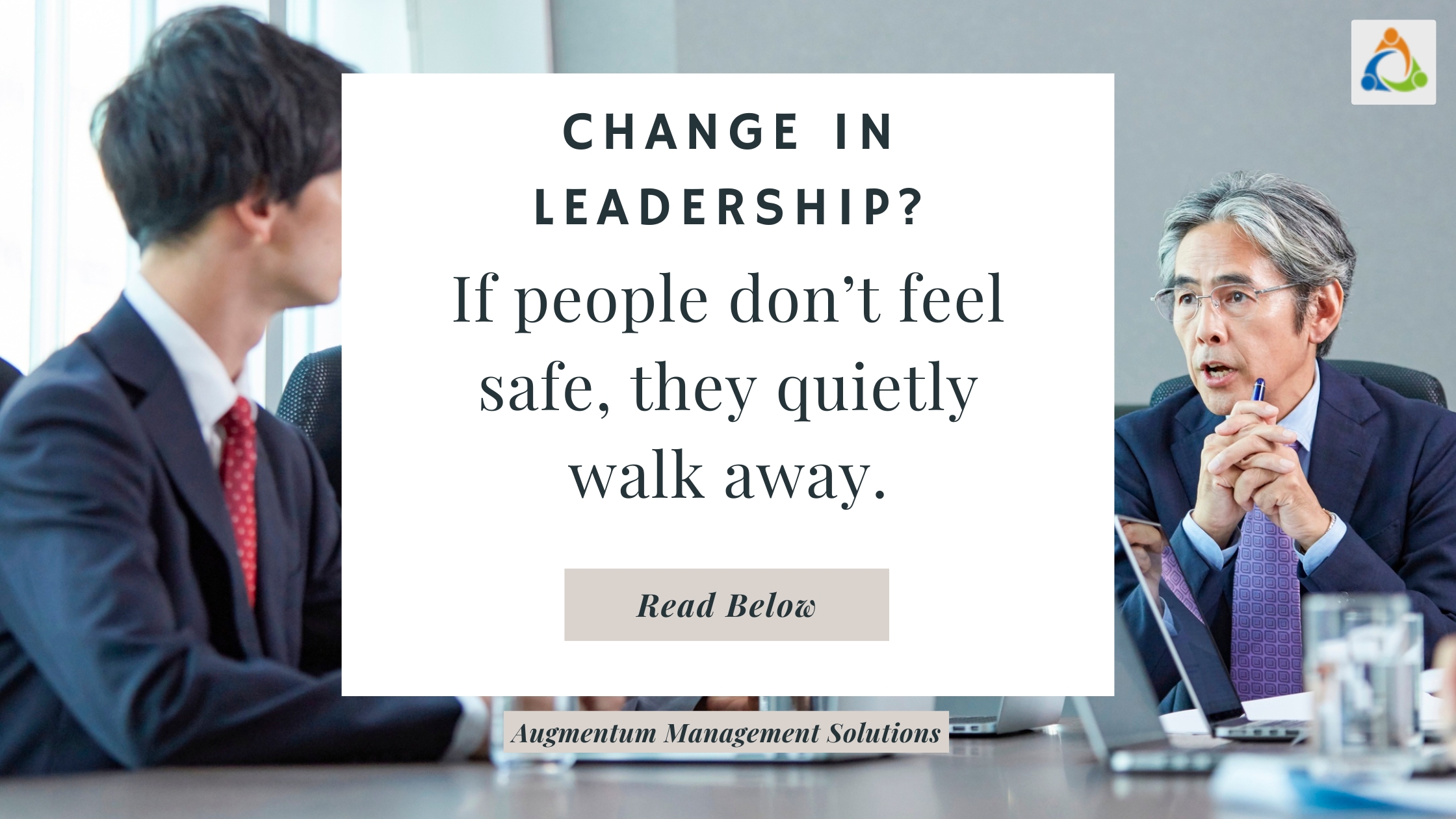Leadership change is never just about formalities. The handover of legal documents, boardroom announcements, or a press release may mark the official transition, but inside the organization, the real work has only just begun.
In SMEs and family-led businesses especially, leadership shifts often trigger uncertainty and hidden attrition.
Employees quietly wonder:
- Who will lead now?
- Is my role safe?
- Will my team be restructured?
When clarity doesn’t come, fear takes over and some leave without warning. These silent exits and disengagement aren’t just HR issues. They represent significant costs of poor change management.
Where Leadership Transitions Break Down
Many SMEs are built on founder-driven energy – fast decisions, close-knit relationships, and hands-on leadership. But when ownership or leadership shifts, this foundation becomes fragile.
Common failure points include:
- Uncertainty about leadership roles – Employees don’t know who will lead or how decisions will be made.
- Role ambiguity – Lack of clarity on whether current roles remain relevant.
- Silent attrition – Employees leave quietly, causing hidden costs.
- Resistance to new systems – Loyalty to legacy leadership or processes creates pushback.
- Lack of structured change management – Without protocols, rumors fill the gap and alignment collapses.
The Real Cost of Mismanaged Transitions
Poorly handled leadership transitions have both visible and hidden consequences.
Visible signs include:
- Higher resignations
- Slow decision-making
- Low employee morale
Hidden costs are even more damaging:
- Gossip and speculation eroding trust
- Decline in innovation and adaptability
- Weak pipelines for future leadership roles
- Missed opportunities for growth
The data tells the same story:
[1] 70% of M&A deals fail to deliver intended value mainly due to poor change integration.
[2] People issues, not finance, are the top derailers in post-M&A transitions
[3] Companies with clear communication and change playbooks see 35% faster M&A success.
A Practical Framework to Build Trust During Transitions:
Smooth leadership transitions are possible when SMEs approach them systematically.
- Transparent Communication:
- Share leadership plans, timelines, and intentions openly.
- Impact: Reduces fear and speculation.
- Internal Change Agents:
- Appoint trusted employees as custodians of trust and feedback channels.
- Impact: Bridges gaps between leadership intent and team sentiment.
- Role Clarity & Accountability:
- Define responsibilities and outcomes for each role during transition.
- Impact: Provides security and ownership.
- Address Emotional Resistance:
- Acknowledge attachment to legacy leaders or systems.
- Impact: Smoothens cultural acceptance of new leadership.
- Structured Change Protocols:
- Establish clear steps, feedback loops, and decision-making processes.
- Impact: Builds alignment and confidence across the organization.
Leadership transitions are pivotal moments for SMEs. Legal handovers and public announcements mark the surface, but the deeper challenge is cultural – how secure, engaged, and aligned employees feel during change.
By embedding transparency, empowering internal champions, and establishing structured change protocols, SMEs can transform uncertainty into opportunity. Trust becomes the differentiator not just titles.




